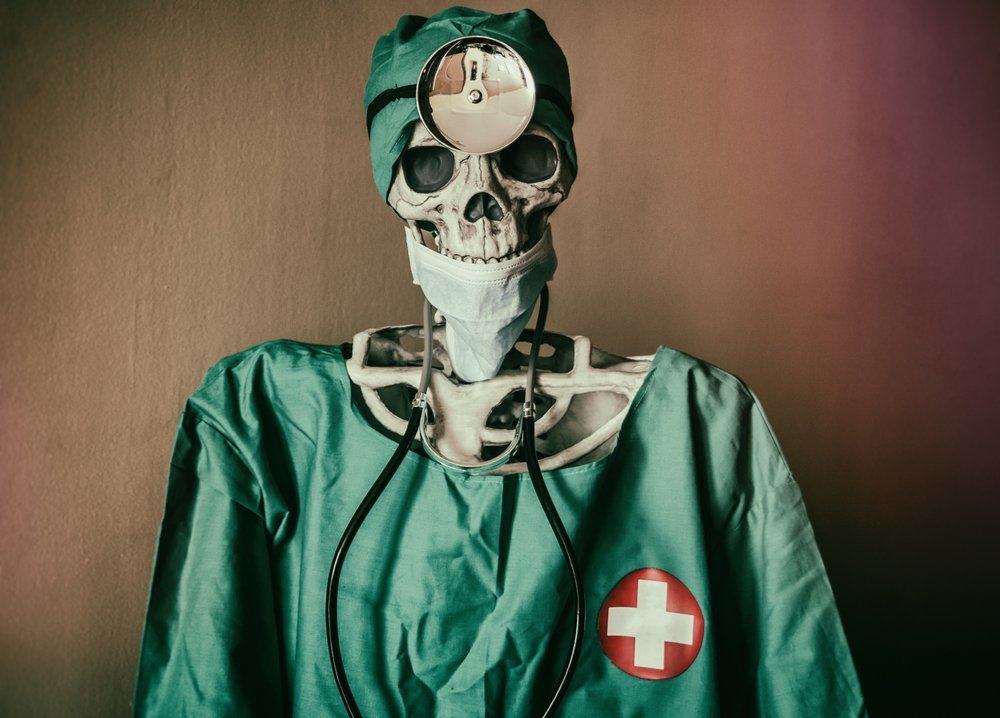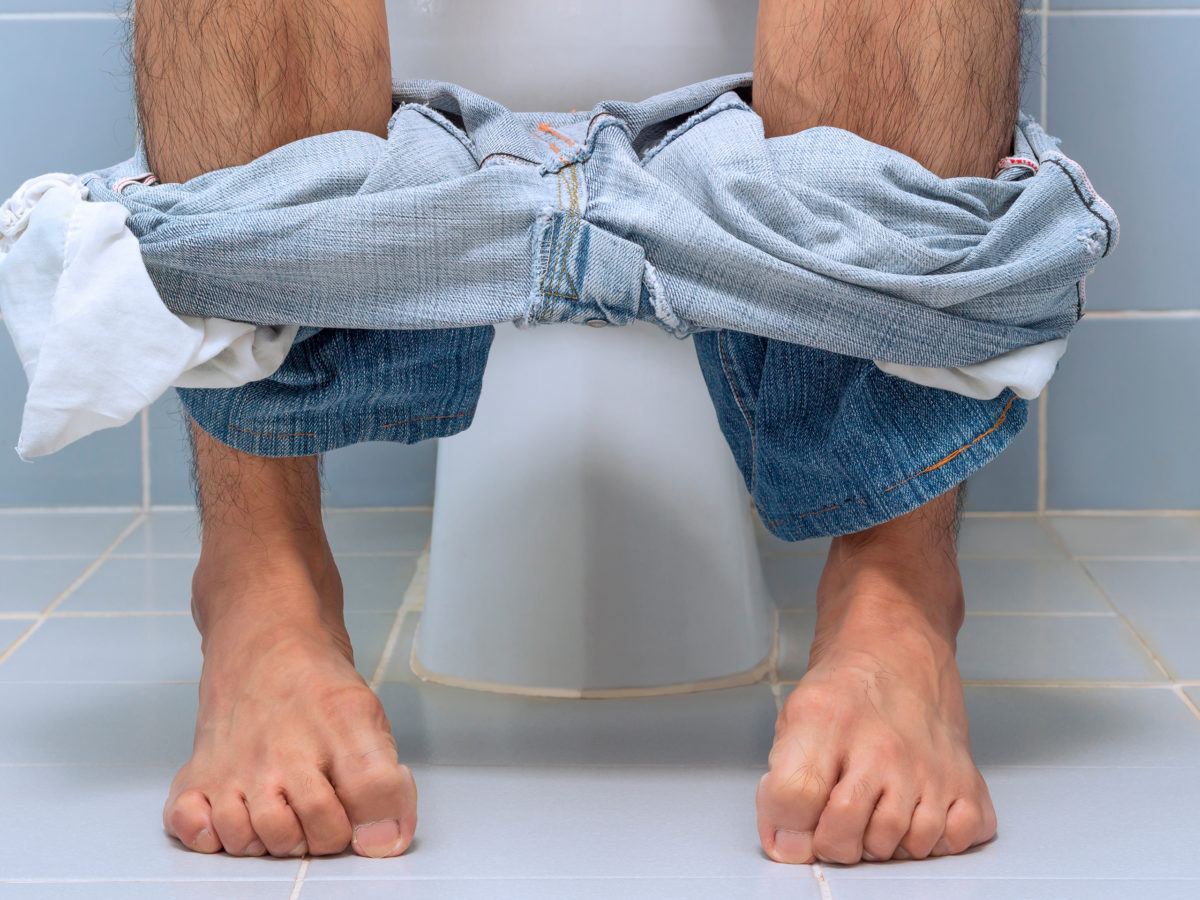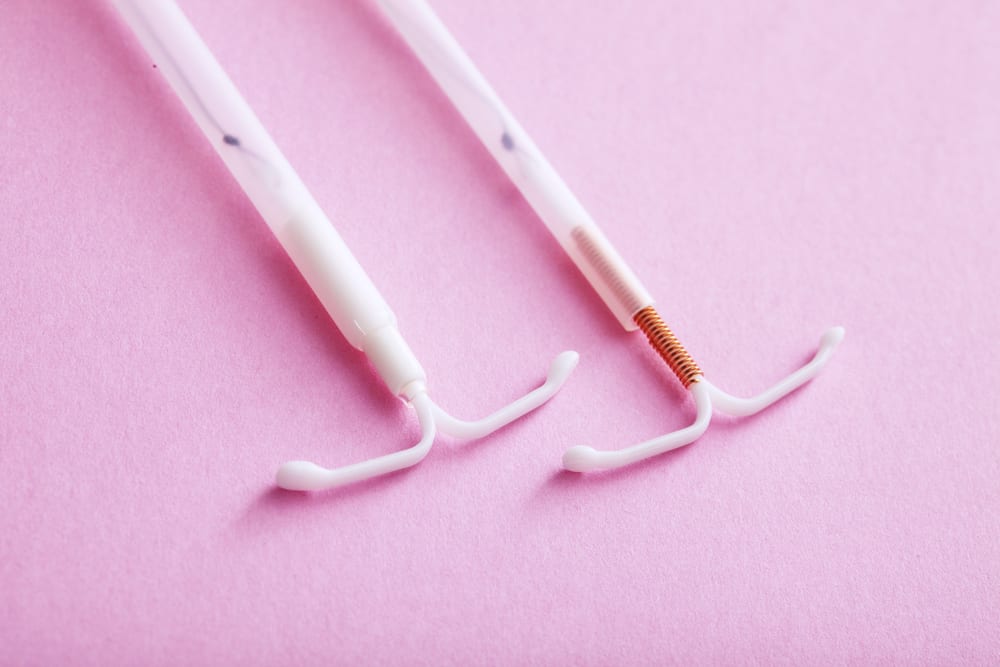Contents:
Medical Video: 5 Most Disturbing & Barbaric Medical Treatments In History
Undeniably, all the advances in modern medicine that we enjoy today cannot be separated from the actions of doctors in the past. Unfortunately historical track records don't always show happy stories. When doctors and scientists should serve under oath "will never harm", not infrequently they act deviant; use various terrible methods to cure his patients.
Here are 10 of the most terrible medical practices that have been done in humans throughout history.
1. Morphine for fussy toddlers
In the 19th century, Charlotte N. Winslow, a midwife and caregiver, concocted a patent drug that aimed to calm toddlers who were fussy and stubborn during times teethingaka teething. There seems to be nothing wrong, right?
However, every ounce from Mrs. 'Winslow Soothing Syrup, as its trademark name, contains 65 mg of pure morphine and alcohol. And not only that, these "soothing" syrups also contain other narcotic ingredients as a combination of morphine, ranging from sodium carbonate, chloroform, codeine, heroin, powdered opium, spirit foeniculi, ammonia, to marijuana.
Throughout the 1800s, manufacturers and drug dealers were not obliged to include composition materials on drug packaging labels, so consumers often did not know what the drugs they purchased were. As a result, many of these children die from poisoning and overdose. Mrs. Winslow Soothing Syrup was condemned by the American Medical Association in 1911, but remained circulating in the market until the late 1930s.
The adult version of this sedative is also commonly marketed to treat coughs - containing pure heroin.
2. Trepanation, drilling the head without anesthesia
Trepanation is an ancient medical term for drilling holes in the head, without drugs. Trepanation is the oldest skull surgical procedure in history, recorded back in the days of cavemen as far back as 7 thousand years ago in the early Mesolithic era.
This patient's head drilling in a very conscious state is most often used as a treatment for epilepsy and seizures, migraines, abscesses, blood clots, and even madness. Interestingly, there is evidence that most patients from this procedure survived and were able to survive. In these modern times, doctors still use trepanation, although only for some very specific limited operations and in a much safer method.
3. Lobotomy
Lobotomy, also known as leucotomy, is a neurosurgical operation that involves breaking the connection in the brain's prefrontal lobe. Lobotomy is still said to be controversial, but it has been widely practiced for more than two decades as a treatment for schizophrenia, manic depression and bipolar disorder, as well as other mental illnesses. The frontal lobe is targeted because of its relation to behavior and personality. The originator of the procedure, a Portuguese neurologist António Egas Moniz was awarded the Nobel Prize for his work in 1949.
Inspired by Egas Moniz's success, a doctor named Walter Freeman in the 1950s devised a faster but more horrific procedure: thrusting the ice-cutting knife into the corner of the patient's eye as he lay unconscious - sometimes when he was conscious. This brutal operation very rarely ends well, it makes the patient mentally paralyzed or dies on the spot.
4. Removing blood
Doctors in the Middle Ages believed that the human body was filled with four basic substances, called humor, namely phlegm, yellow bile, black bile, and blood. They also believe that most diseases are caused by "dirty blood", so to cleanse dirty blood and at the same time restore the harmony of the four basic substances of the body, the doctor will drain a large amount of blood from the patient's body - up to 4 liters!
One method is to directly cut veins, generally in the inner elbow to drain dirty blood that will be accommodated in a bowl. In some cases, the doctor will use leeches to suck the patient's blood.
This blood drain is prescribed by doctors to treat all types of diseases, ranging from sore throat to The Great Plague. This method of treatment finally sank from the public eye because of the times and technology, although alternative leech therapy and cupping are still commonly used in modern medicine as a more controlled form of blood drainage.
5. "healing" gay therapy
Before the American Psychiatric Association (APA) dropped homosexuality as a mental disorder in 1973, this therapy was used routinely in the hope that this practice would prevent or eliminate homosexual behavior.
Between 1971 and 1989, many "patients" who were forced to accept chemical castration and electroshock therapy directly into their genitals were intended to cure them of their homosexuality. As many as 900 gay people, aged around 16-24 years, are subjected to "gender return" coercive operations. These men were converted into women through surgical procedures against their will, then returned to the real world. This gender reassignment is often incomplete, and without being intended to involve prescribing hormone drugs to maintain their new sexual identity.
READ ALSO:
- 12 of the World's Strangest and Rarest Diseases
- 8 Types of Strange Allergies You Might Not Know
- Sleeping Beauty Syndrome, a disorder that makes you sleep very long












